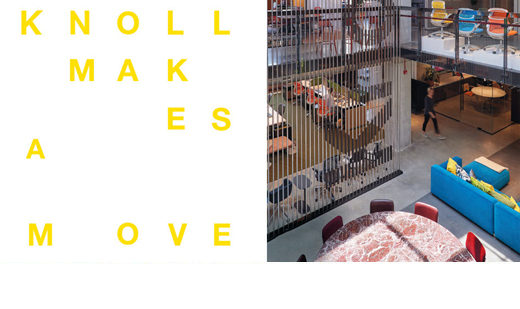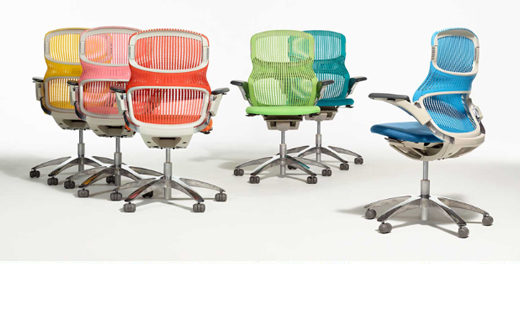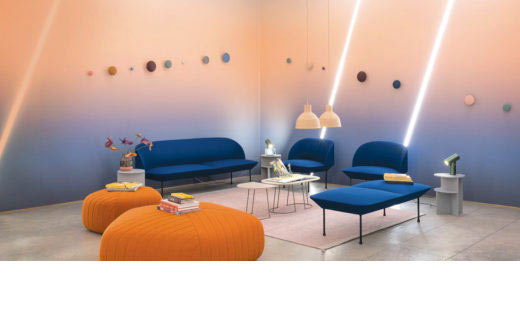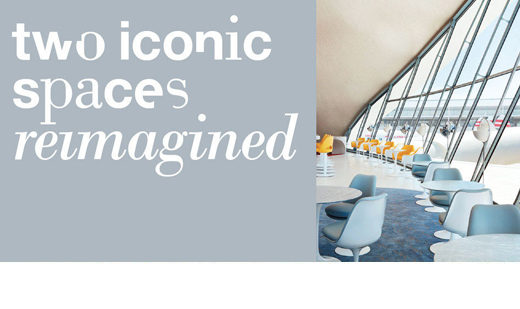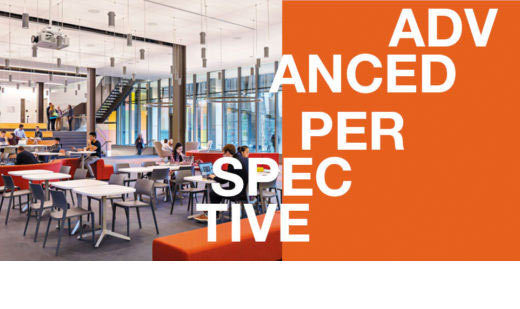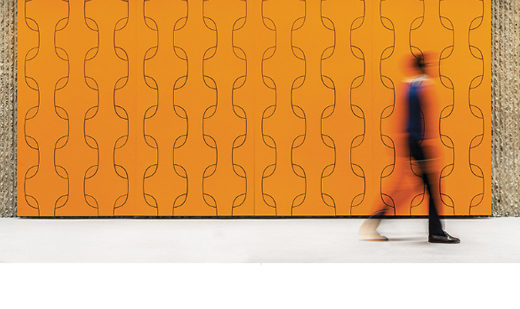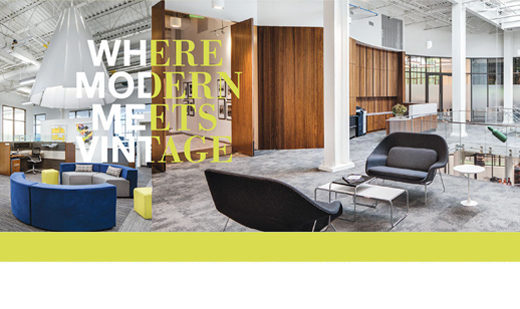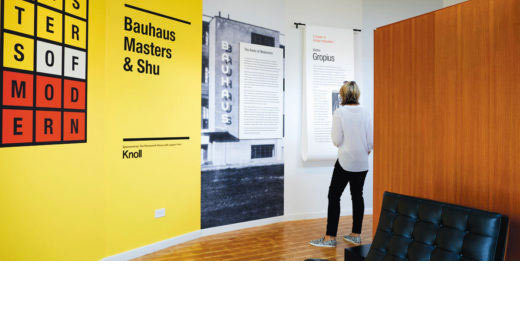What ideas shape your design principles?
The one thing companies [like ours] often forget is the importance of designing products that people actually want to wear. The parts that actually touch the body should provide the best possible experience. Nothing feels quite like lambskin against skin—that’s why we use the material on the inside of our headbands and for our ear pads. For our earphones, we use solid brass or stainless steel for the acoustic enclosures that sit within the ear. The added weight, along with our ergonomic design, helps keep the earphones in place.
Everything we do starts with design. Once we have the design we want, we layer in our materials, acoustics and technology. I believe many of our competitors start their process with technology and then focus on the design last. We’re very comfortable with taking a different approach than the rest of the industry.
How have new and innovative materials impacted your design process?
I believe in utilizing and, when necessary, creating new materials as well as using materials in uncommon ways. Our number one priority is sound quality, so we use very high-end drivers made of either neodymium, titanium or beryllium. We co-designed—with Sir David Adjaye—the first concrete wireless speaker of its kind. Generally, using new materials can add steps to the
design process, but in our experience the effort is always worth it.
What materials are you currently exploring? What holds promise for the future of Master & Dynamic?
We are constantly exploring new materials. Currently, we are looking at technical fabrics that offer high durability and [are] lightweight. Our upcoming work with luxury and performance car brands is leading us to think about carbon fiber and even glass. I have also found inspiration from materials and fabrication techniques used in high-end outerwear and, of course, sneakers.
Can you describe the relationship of your work to architectural space?
When I was a boy, I wanted to be an architect. My love of architecture influences what we do at Master & Dynamic. I envision how every product might look when being used in an office, studio or home. We were the first company to design our own headphone stand, so that the headphones could be presented as an object of beauty next to a laptop, on a desk, or on a side table next to a couch. Choosing concrete as the material for our first speaker was clearly driven by my love of architecture. David and I both wanted to create something that exuded beauty as well as purpose and permanence. What better material than concrete?
Knoll and Master & Dynamic are both passionate about helping users unlock focus, inspiration and creativity. Why is that important to you?
That’s one reason we outfitted our New York offices with Knoll desks, tables, cabinets and chairs from the start. Sound is a powerful creative element, and we actually call our products “sound tools.” We believe that using our products will help focus, inspire and transport your mind, and also believe in using elevated materials such as fine leathers and metals. These aesthetic touches enhance the consumer experience.
Jonathan Levine is co-founder and CEO of the audio company, Master & Dynamic.

This story is from our debut issue of Knoll Works—a publication showcasing how our constellation of brands and planning capabilities create inspiring workspaces.







